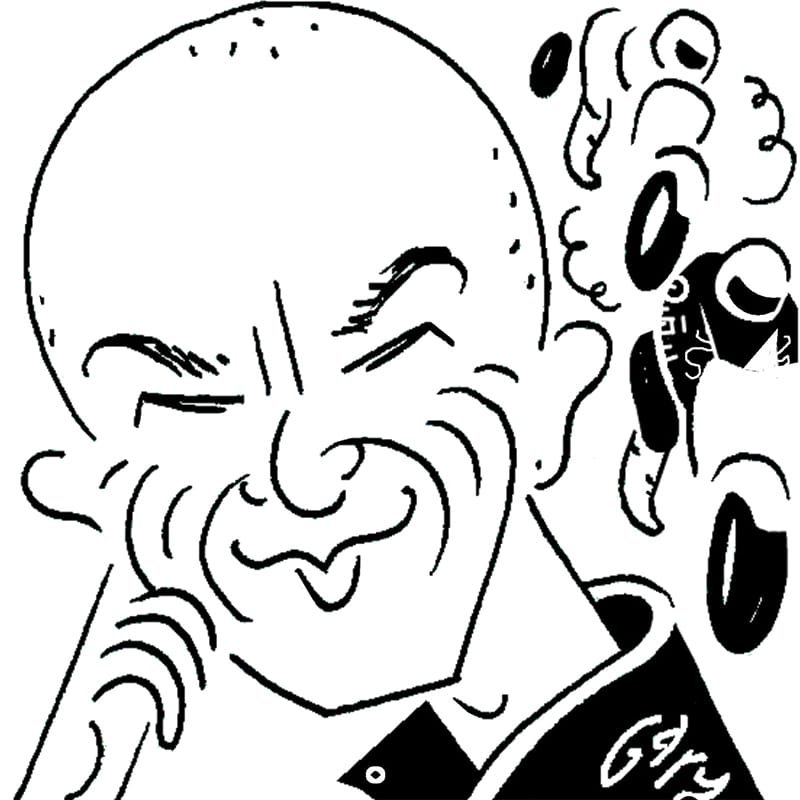'The Bol d’Or 24-hour race and Glastonbury share much in common' — Mat Oxley
The Le Mans race that spawned legends: motorcycling's gruelling Bol d'Or
On September 17 and 18 the world’s biggest 24-hour motorcycle race celebrated its centenary. The Bol d’Or is to motorcycling what Glastonbury is to music festivals – and the two events share much in common. Aside from the racing and the music both are tinged with Bacchanalian, atavistic celebrations, with fans making their own worlds to escape the real world for a few days.
In fact the Bol d’Or combines both racing and rock’n’roll. Bands like Iggy and the Stooges, Motörhead and The Stranglers have played on the Saturday night, trying to make themselves heard above the demented, apparently never-ending howl of 50 or so racing motorcycles, whose riders occasionally find themselves blinded by clouds of campfire smoke drifting across the racetrack.
During much of its life the Bol d’Or has been staged at Circuit Paul Ricard, a few miles inland from the Côte d’Azur, a further attraction for fans seeking good times. During the Bol’s wildest years the spectator areas at Ricard resembled a scene from a Mad Max movie: feral youngsters doing naked wheelies, bullfighting (€10 a go, if you think you’re hard enough) and God knows what else; a health-and-safety officer’s nightmare. These days the event is somewhat more civilised, no doubt due to wide-eyed visits from the fun police, but it’s still a one-off.
The Bol’s wild reputation goes back to its beginnings in the Roaring Twenties when the first race took place in May 1922 around a three-mile dirt circuit in the eastern suburbs of Paris, before moving to a woodland circuit west of Paris where it attracted all kinds of Parisian nightlife, from orchestras and cabaret acts to jazz legends like Josephine Baker. The French, quite rightly, called the Roaring Twenties Les Années Folles, the crazy years.
Oh yes, the racing… until the 1950s the Bol was contested by individual riders over the 24 hours. The inaugural event was won by Tony Zind, a Swiss competitor who covered an impressive 764 miles, keeping himself going by eating food from a tin can strapped to the petrol tank of his Motosacoche 500cc single. Riders were allowed one four-hour break during the night to get some sleep and undertake repairs.
By 1953, the last one-rider-only event, the pace had doubled, with Frenchman Gustave Lefèvre riding 1595 miles around the high-speed Montlhéry racetrack aboard his Norton Manx, despite two punctures and a crash.
However, it wasn’t until the 1970s that the Bol d’Or became a cult event, attracting more than 100,000 fans each year. New promoters, French magazine Moto Revue, a new breed of motorcycle, the Japanese superbike, and a move, to Le Mans, changed everything.
Honda and Kawasaki understood the importance of the event in selling their high-performance machines, which were faster and more reliable than the Triumphs, Nortons and Moto Guzzis they replaced.
Honda and Kawasaki entered full-factory CB750- and Z1-based machines, which provided many magnificent duels, their rider pairings knighted as the first legends of the Bol.
The biggest heroes were always Frenchmen: Kawasaki’s double winners Georges Godier and Alain Genoud and Honda’s Jean-Claude Chemarin and Christian Léon, who dominated the second half of the 1970s. Chemarin was probably the first superstar of motorcycling’s long-distance slog, renowned for hammering his rivals from dawn onwards, when most mortals were already struggling.
Honda continued its dominance in the 1980s, with V4-powered machines. By this time the Bol had moved to Ricard, its favourite home.
I rode eight Bol d’Ors between 1983 and 1990. The race was a huge adventure, usually contested in blissful autumnal Mediterranean weather, although your final hours on the bike were anything but euphoric, your brain frazzled and every muscle screaming for mercy. In 1990 I rode my last few stints concussed from a big highside crash – puking in my helmet, hallucinating and very much wanting to be somewhere else. (Obviously there were no concussion protocols in those days.)
When you weren’t seeing things, night-time sessions down the 1.1-mile Mistral straight were a thrill: chasing slipstreams, killing your headlights as you found a rival’s draft, so they wouldn’t know until it was too late.
Another year, when we rode a factory-supported Honda, I recall limbering up in the pitlane in the early hours next to one of Honda’s factory riders. The pitlane PA was blaring out the bassline intro to Survivor’s Eye of the Tiger, the theme tune to the movie Rocky III. Massive chills down the spine…
Sometimes we didn’t make it through the night, but that was OK because the entire team would decamp from pitlane to the spectator areas, drinking in the debauched atmosphere and enjoying The Stranglers rip it up.
When Bernie Ecclestone bought Ricard in 1999 he transformed the venue into a test circuit and probably wouldn’t have wanted such behaviour on his property anyway, so the Bol moved to Magny-Cours for a decade and a half, returning to Ricard in 2015, much to the joy of fans.
The race is now contested by 220hp superbikes, which nudge 200mph at the end of the Mistral, can be refuelled and have both wheels changed in under 10 seconds and cover more than 2500 miles during the 24 hours.
Mat Oxley has covered motorcycle racing for many years – and also has the distinction of being an Isle of Man TT winner
Follow Mat on Twitter @matoxley












































































































































































